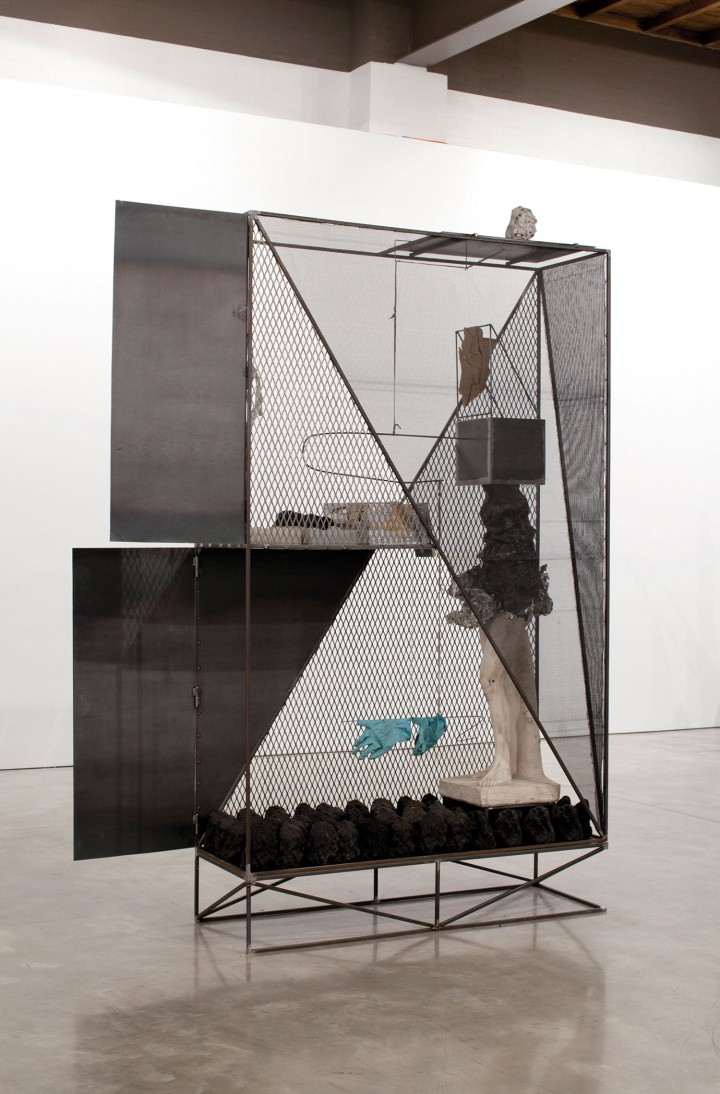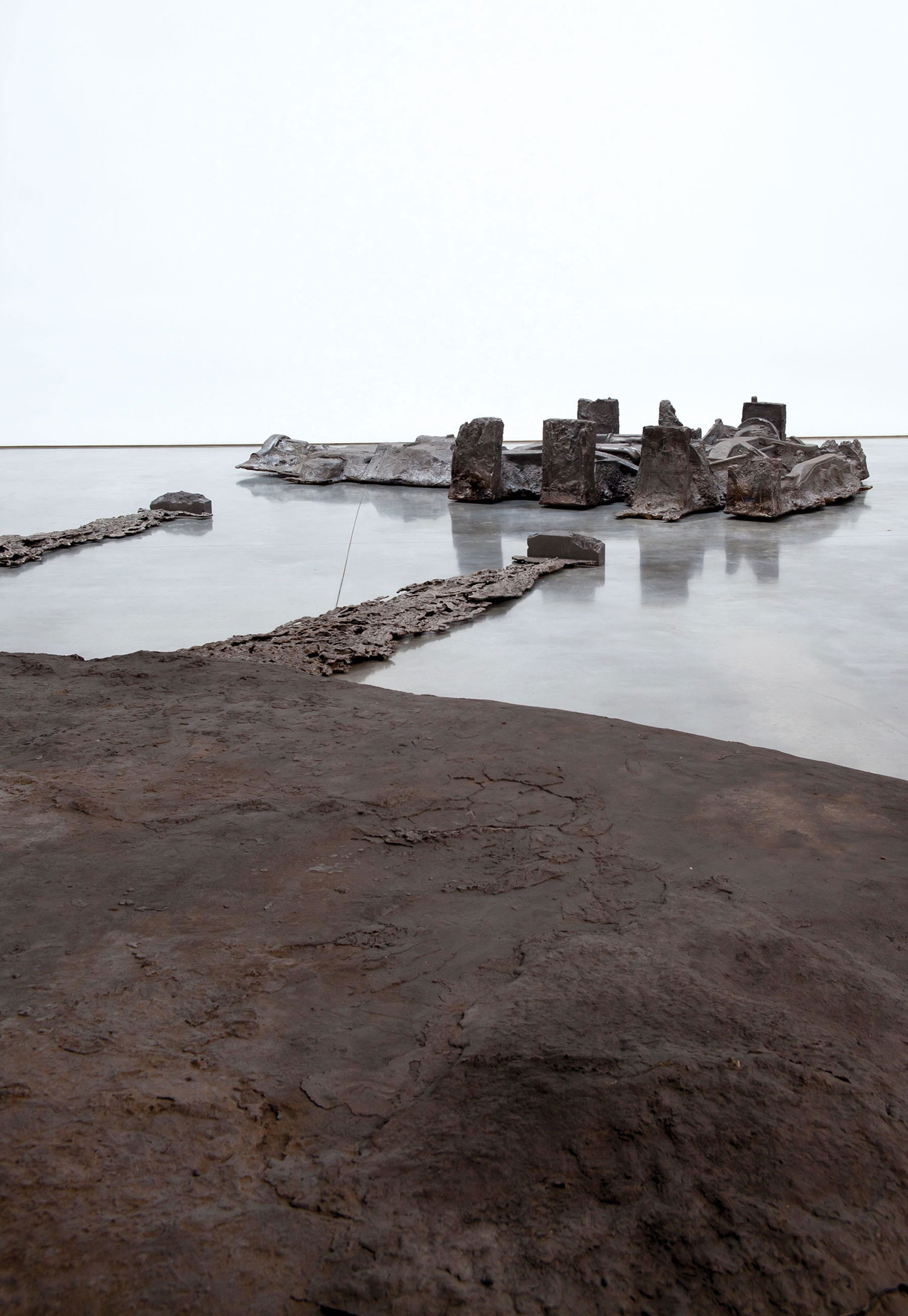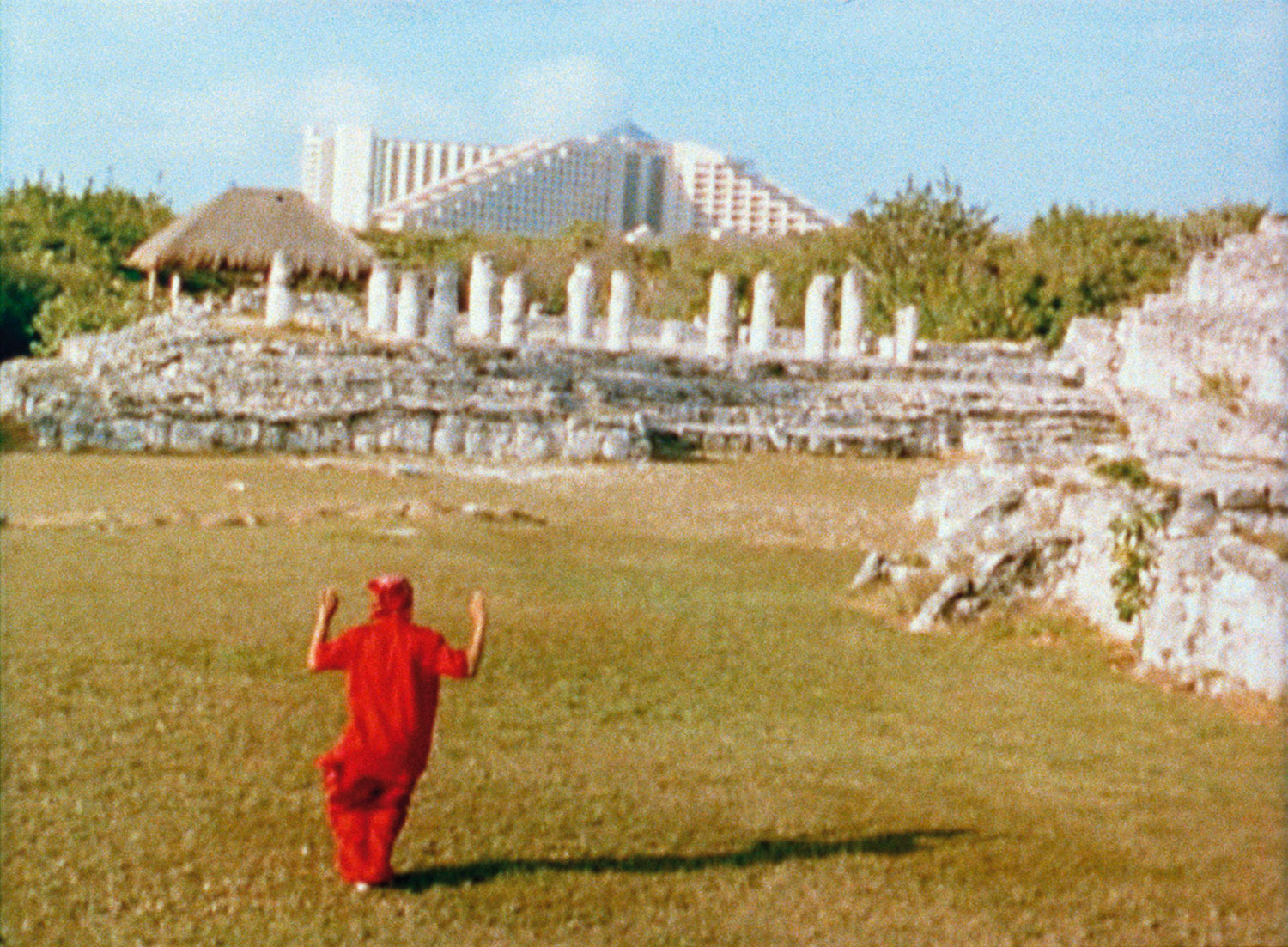
Julie Boukobza: Hey Nick, so how come you’ve never been to DIA:Beacon?
Nick van Woert: There’s more to learn from skateboarding. Michael Heizer is pimp, though.
JB: So you told me to come to your new studio to check the Unabomber memorabilia you got at a recent auction — what is it all about?
NvW: Henry David Thoreau once said: “I went to the woods because I wished to live deliberately, to front only the essential facts of life, and see if I could not learn what it had to teach, and not, when I came to die, discover that I had not lived.” Ted Kaczynski lived in the woods with no running water or electricity for 20 years. Do that and you will know things about life that very few people do. I’m fascinated by that lifestyle. Tearing things apart and stripping them down to find out what they really are. That’s The Anatomy Lesson of Dr. Nicolaes Tulp (1632) by Rembrandt. I’m collecting people who share this motivation whether they have been culturally accepted or rejected. The Luddites, Edward Abbey, Dave Foreman, The Move organization from Philadelphia, the Bildersturm, Dead Kennedys — there are so many people who have attempted to change or dissect the conditions under which we live. That, to me, is creativity.
JB: What are you going do with Ted’s stuff?
NvW: Make a coat rack for it.
JB: The first artwork I saw from you was in a Chinatown show curated by Scott Keightley. Your piece was a billboard that read “Every Thing Must Glow” made of steel and plaster. Where does this fascination for billboards come from?
NvW: It’s how they are made — simple steel structures built to withstand a very specific set of demands. There is poetry in that — like skateboarding. Second, it’s a public forum — a Roman rostrum — a way of presenting ideas to as many people as possible. That’s a form I’m interested in manipulating. Then more recently I read Edward Abbey’s The Monkey Wrench Gang (1975) in which a group of individuals go around the Western United States burning billboards down, bombing bridges and destroying tractors to save what is left of the untouched West.

JB: You once told me “the message should be part of the material.” What does that mean?
NvW: Art is a material language. Things should be held accountable for how they are made and what they are made from. Dave Foreman’s A Field Guide To Monkeywrenching (1985) is basically a course in materials. You learn how to use household materials like hair gel, chlorine and fertilizer to a destructive end. You see the horror behind materials that symbolize leisure, wealth and fashion.
JB: So you come from Nevada, and you still seem caught up in the Wild West mythology?
NvW: I didn’t realize how much I enjoyed living out there until I moved to New York. The West is raw and very real geographically, whereas the East is raw culturally and industrially. Going back to the Thoreau quote, I’m interested in a life stripped of accessories and amenities, which parallels the geography of the West.
JB: Talking about your origins, how has the fact that your father is an architect affected your practice?
NvW: I grew up looking at his books and drawings. I went to architecture school and there you sit and think about how to turn a prison or a daycare center into poetry using concrete, glass, steel, thick, thin, opaque, translucent, transparent, big and small. You think about material and juxtaposing spaces, rather than images.





